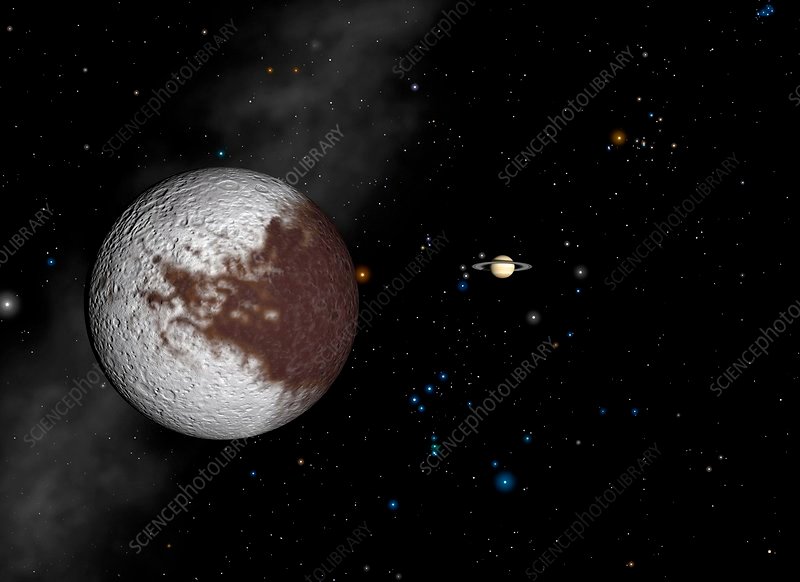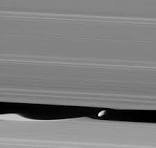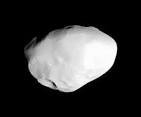Iapetus was first discovered by Giovanni Domenico Cassini in 1671. One of its hemispheres is very dark, reflecting only about 5% of sunlight, while the other is bright, reflecting nearly 50%. The dark material is believed to be composed of carbon-rich substances, while the bright side is primarily made of ice.
Iapetus features a unique and massive ridge running along its equator, contributing to its distinctive walnut-like shape. It has a slow rotation rate, taking approximately 79 Earth days to complete one orbit around Saturn. Unusually, Iapetus also has a relatively high orbital inclination compared to Saturn’s other major moons.
It is thought to be composed of approximately 75% water ice and 25% rock. The surface of Iapetus is heavily cratered, ancient, and extremely cold. Its striking two-toned appearance and other unusual characteristics offer valuable insights into the formation and evolution of the Saturnian system.








